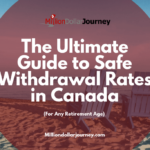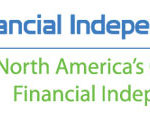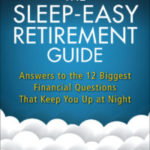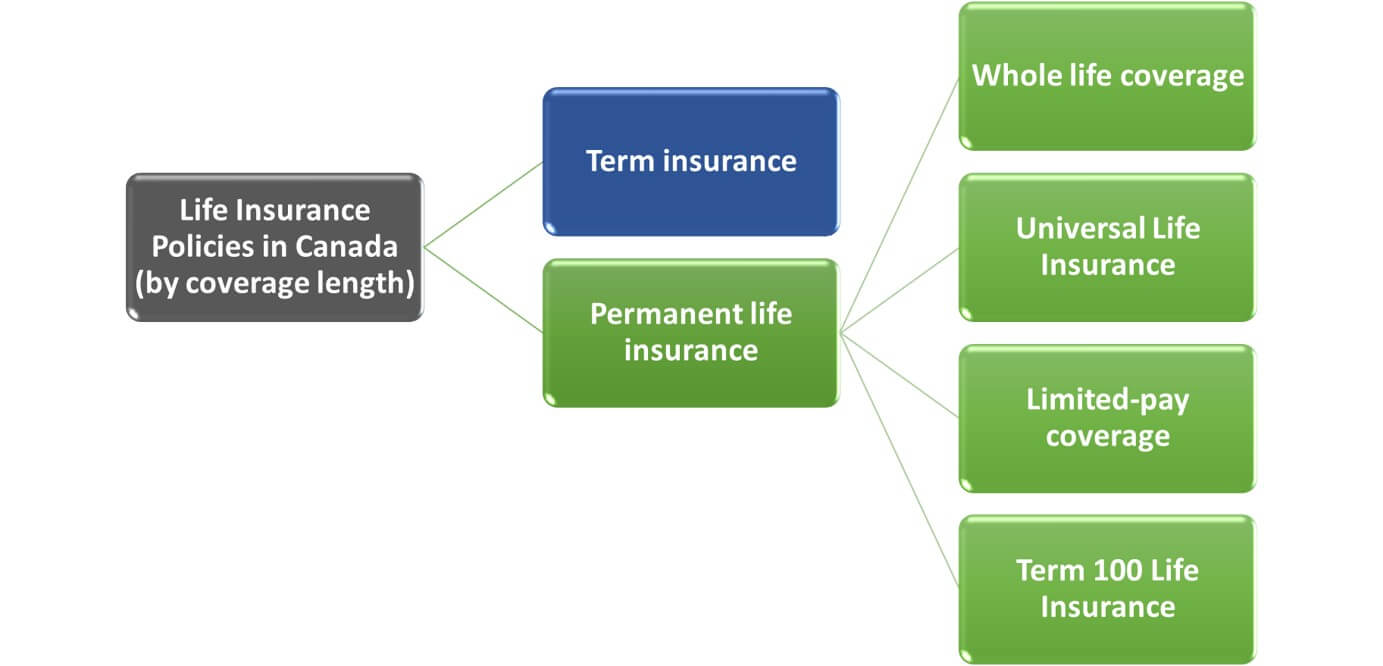
Special to the Financial Independence Hub
Most Canadians approaching retirement have two questions:
1.) How much can I take out of my investment portfolio each year if I want to be guaranteed not to outlive my money?
2.) Once I know the answer to my first question, can I live on that much money, plus whatever government benefits or private pension plan I might get.
The truth is that there are a TON of variables that go into answering these two questions for each person. BUT the best that we’ve come up with so far is the “4% rule of thumb”.
That said, our 4% number (much more discussion on what this actually means below) depends on you optimizing your portfolio and withdrawal strategy. If you’re embracing early retirement, and are looking at a retirement horizon of 30, 40, or even 50+ years, the 4% rule of thumb can still working surprisingly well for you!
Before we get to a discussion on the details of this handy tool and how it might apply to you, I should note that after talking to several financial experts in Canada, we all agree on one general observation about Canadian retirees:
It was really hard to get people who had been determined savers to spend their money!
Turns out that flipping the switch from a safe & investment mindset to an “enjoy life and spend nest egg” mindset is not as easy as one might initially think.
You’ve been reading MDJ for years, have used your Questrade DIY discount brokerage portfolio to accumulate a solid nest egg that includes your TFSA, RRSP, and perhaps even a non-registered account. Now comes the time to start your retirement drawdown or withdrawal strategy. Surprisingly, when it comes to discussing Canadian safe retirement withdrawal rates, and and talking to folks who have retired at all ages, spending their retirement savings represented a massive mental strain for them. I guess (as someone who has never retired or sold investments to pay for retirement) that I always thought that saving for retirement would be the hard part. Isn’t spending supposed to be more fun than squirreling away?
It turns out that once you get into that savings mindset, it can be hard to flip the switch back to enjoying spending the fruits of your labour. This is especially true for folks who are looking at an early retirement withdrawal rate or strategy, because they are much more likely to have been super-aggressive savers during their time in the workforce.
Since this will be my first post for MDJ, I wanted to make it a real beauty. I didn’t go into it expecting the topic to be so deep and full of variables! Afterall, the concept seems simple enough right?
How much can I take out of my investment portfolio each year, if I need that nest egg to last for 30, 35, 40, or even 50 years?
Personally, much like Frugal Trader, I’m hoping to retire sooner rather than later, so this question had particular relevance for me. After diving into the math on this topic, it turns out that there are many things to consider when looking at how long your retirement savings will last, and it’s actually much more difficult to get a 100% mastery of, than the math involved with building an investment portfolio. Use the table of contents links below to navigate the article if you’re short on time, or are only interested in one aspect of the extended article.
The 4% Retirement Withdrawal Rule
What the 4% Rule Means for Your Magic Retirement Portfolio Number
Potential Problems of the 4% Rule
How Has the 4% Rule Done In the Past
If I Want to Retire Early or do this whole “FIRE” Thing – Does the 4% Work for Me?
What Could Force My Retirement Into a Worst-Case Scenario?
Fees Suck – Get Rid of Them to Up Your Chances
Will The Returns of My Portfolio Look Like the Last 100 Years?
PWL Capital & Vanguard & the Shiller CAPE ratio
If Lower Returns Are the New Normal – How Does This Affect Me?
Sequence of Return Risk
Avoiding the Worst-Case Scenario: Handling the First Ten Years to Reduce Your Risk
How Does OAS and CPP Factor into Safe Withdrawal Rates?
Emergencies or Tax Changes
Conclusion
The 4% Retirement Withdrawal Rule
Ok, so let’s maybe start with the rule of thumb that advisors have used when looking at retirement drawdown plans for a while now.
Back in 1994 a financial advisor named William Bengen looked at the last 80 or so years of markets and retirement, did a bunch of math, and arrived at a concept we now call “The 4% rule”.
The basic idea of the 4% retirement withdrawal plan is that someone could safely withdraw 4% of their investment/savings portfolio each year and – assuming a 60/40 or 50/50 split of bonds/stocks in their portfolio – they would never run out of money. This idea of withdrawing a certain percentage of your portfolio to fund your retirement is called the Safe Withdrawal Rate (SWR). The math behind this magic 4% figure means that if you have the nice round $1 Million investment portfolio that we all dream of, you could safely pull out $40,000 the first year, and then adjust for inflation and withdraw 4% plus inflation after that. (So if there was 2% inflation between year one and year two, you could now withdraw $40,800.)
Bengen, and another highly influential study took their rule and retroactively applied it to retirees from every single year from 1926 to 1994. They found that nearly 100% of the time (depending on what was in the investment portfolio) people could retire, and withdraw 4% of their portfolio for 30 years of retirement – and not run out of money. In fact, a large percentage of the time, if retirees followed the 4% rule, they not only didn’t run out of money, they finished life with more money than when they started retirement!
Keep in mind, these authors didn’t worry about OAS or CPP, or a workplace pension, or even the tax implications of different types of withdrawals. They were simply trying to come up with a useful rule of thumb for how much a person could safely withdraw from their retirement portfolio.
What the 4% Rule Means for Your Magic Retirement Portfolio Number
If you can safely withdraw 4% of your portfolio to fund your retirement, then the simple math tells us that if you can accumulate 25x your annual retirement budget, you no longer have to work. Continue Reading…








 Here is a breakdown of these insurance types and below you will find a detailed description of each type:
Here is a breakdown of these insurance types and below you will find a detailed description of each type:

